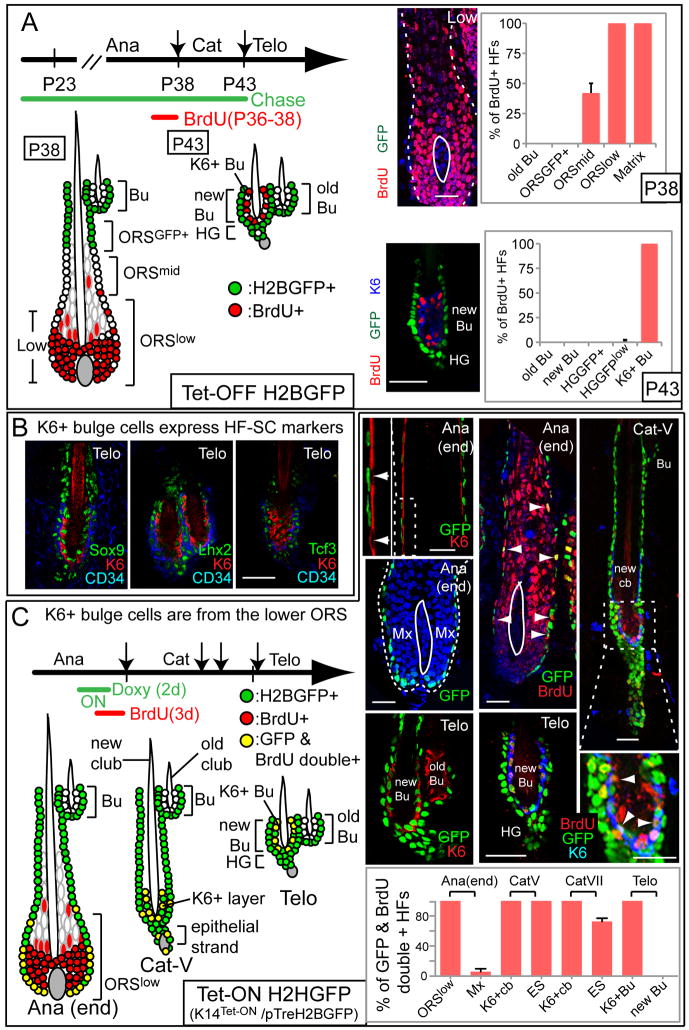Figure 4. K6+ bulge cells express HF-SC markers and are derived from actively cycling lower ORS during catagen.
(A) H2BGFP/BrdU double-label, double pulse-chase scheme to monitor fate of cells below the mid-zone ORS. BrdU was administered to Tet-Off H2BGFP mice at anagen’s end (P36–38) and analyzed directly, or after chasing to telogen. At P38, many lower ORS and matrix cells are BrdU+ (n=2 mice, 38 HFs). When chased to P43, BrdU+ LRCs are restricted to the K6+ layer of the new bulge (n=4 mice, 129 HFs). (B) K6+ bulge cells express key transcription factors characteristic of bulge SCs and their ORS progeny. (C) Lineage tracing with K14Tet-On/H2BGFP coupled with BrdU pulse-chase. Doxy was administered to turn on H2BGFP in the entire ORS, but not K6+ companion layer or matrix, in late anagen. From catagen V through telogen, H2BGFP is detected in K6+ cells at the tip of the newly formed club hair. This layer retracts with the club hair during catagen and winds up in the new bulge by telogen. Note that K6+ old bulge cells are not GFP+. If BrdU is given at anagen’s end, BrdU+/H2BGFP+ cells are found in ORSlow. At catagen, double+ cells are in K6+ layer, which by telogen has moved inside new bulge. Scale bars, 30μm. K6+ club=K6+ layer enclosing new club hair. new Bu and K6+Bu denote CD34+ and K6+ layers of new bulge (n=2 mice; >23 HFs per stage). Data are mean ± SD.

